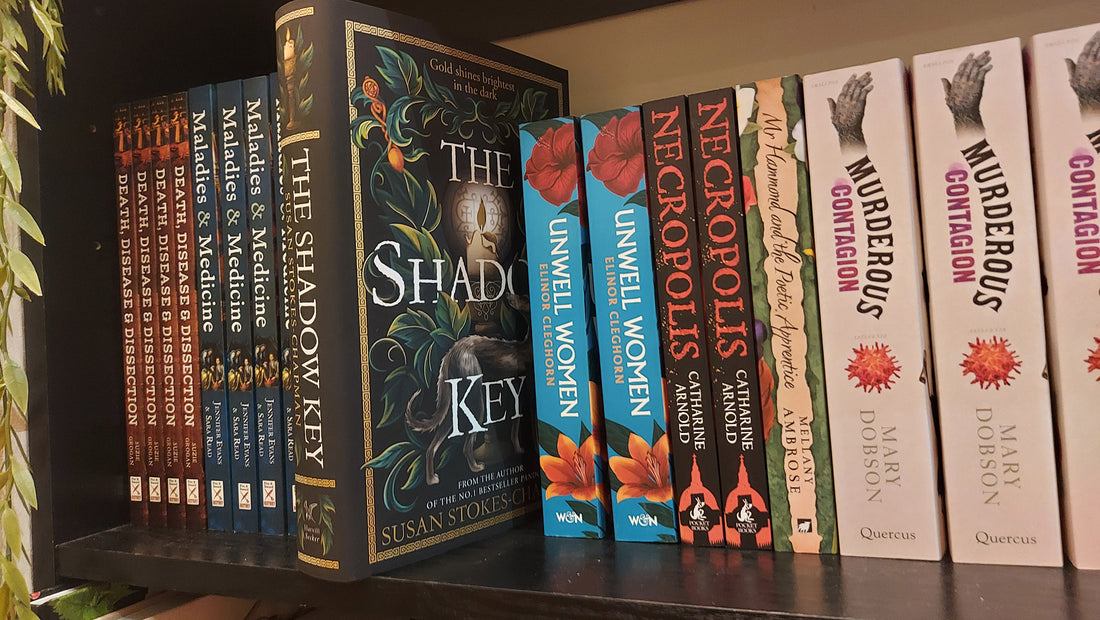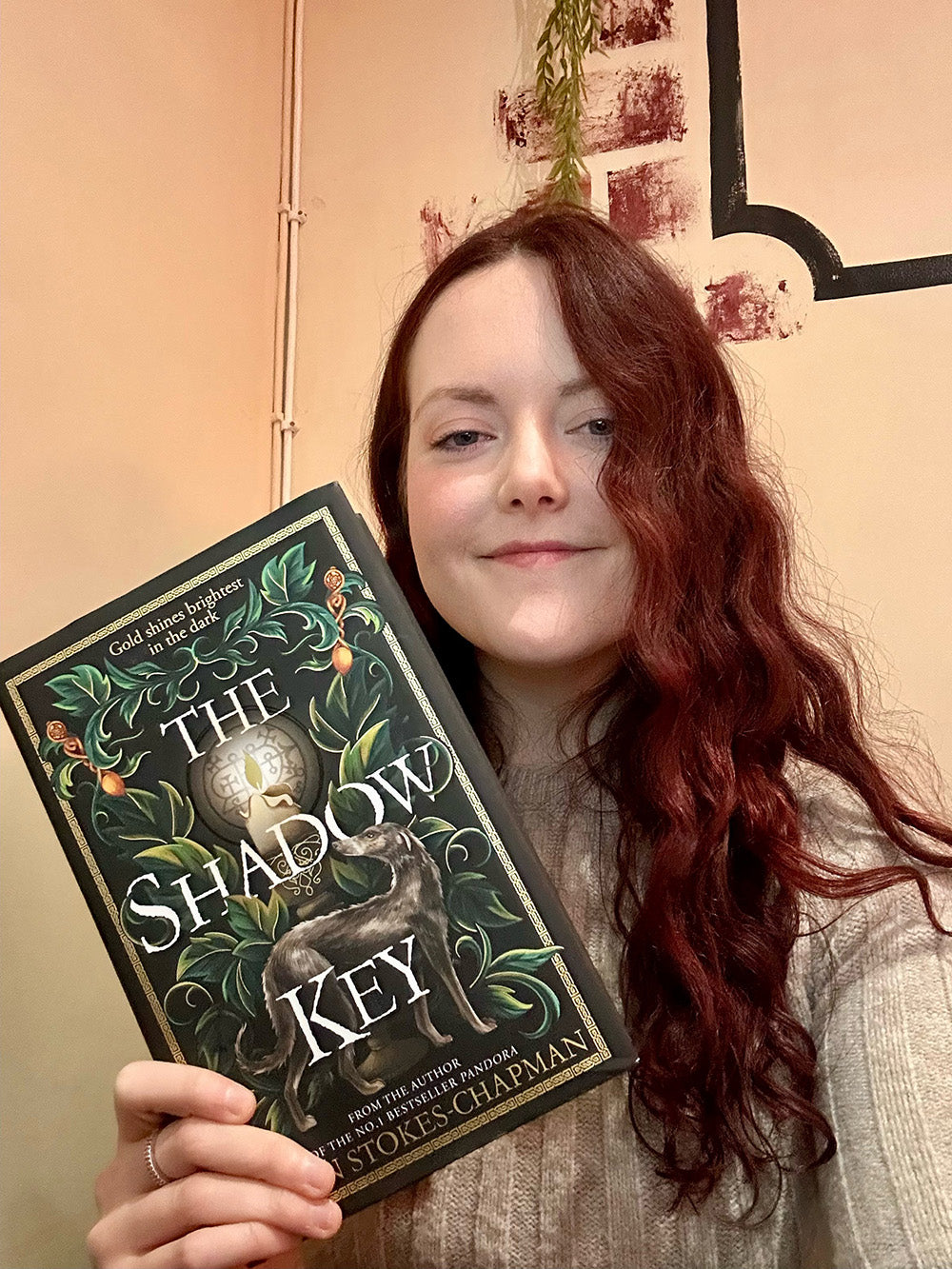Each month we review a book from Mildred's extensive library. This month's book is The Shadow Key by Susan Stokes-Chapman, reviewed by Victoria, a front of house assistant at the museum.
The Shadow Key by Susan Stokes-Chapman is the captivating tale of Henry Talbot, a medical professional who is invited to take on the role of physician in Penhelyg after being dismissed from Guy’s Hospital in 1783. Susan Stokes-Chapman is a North-West Wales based author whose debut novel Pandora was #1 Sunday Times bestseller after its release in 2022. After four years in Aberystwyth and exploring the Welsh countryside, Stokes-Chapman wrote The Shadow Key as a “love-letter to Wales”. She has a love for the Georgian era after growing up in Lichfield watching BBC period dramas at the weekend, where even as a child she loved the romanticism and the elegance of the time.
Henry Talbot’s journey takes him to the picturesque Welsh countryside, where he becomes entangled in unravelling the circumstances surrounding the demise of his predecessor. After suspicious events develop upon his arrival, he discovers that something larger must be at play. The original idea for Dr Henry Talbot, one of the main protagonists, stemmed from Susan’s visit to The Old Operating Theatre Museum & Herb Garret back in 2015. The operating room from the old St Thomas’s Hospital inspired the character of Henry, an arguably kind man who has a passion for helping others but struggles being thrown from surgeon to small-town doctor. He’s forced to move from working in an operating theatre just like here, to working as a community physician in rural Wales hundreds of miles from the nearest city; a significant change after being in central London in the 1700s.
His arrival is met by disdain from the habitants of Penhelyg and he faces the challenges of earning the trust of the local community, an added difficulty when he’s unable to speak the language. During this era, lots of large Welsh houses like Plas Helyg were running out of money and were sold as holiday homes for the rich. The Welsh community resisted this foreign suppression from those coming in and taking things without ever trying to integrate or understand the Welsh history and language. Those who had these estates weren’t interested in maintaining a town hundreds of miles from London and in the novel Julian who now owns Plas Helyg charges “impossibly high rent” and “neglects the villagers’ needs”. The reaction of the community to Henry’s arrival reflects a larger issue that to some extent is still present in the rural areas of Wales.
Welsh folklore and myths are another integral part of the novel and Susan’s research and knowledge in this area is plentiful. She incorporates the theme of faith and belief into the story of Penhelyg through the characters’ attitudes to Welsh folklore and the conflict between archaic herbal remedies and what was ‘modern’ medicine at the time. The local Welsh community struggles to understand Henry’s medical techniques and his lack of empathy towards their beliefs, such as finding it strange that the locals ward away the devil with a stripe of white paint on their doors when he simply doesn’t believe in the devil at all.
My personal favourite character is the notable Linette, a fiercely independent and assertive woman who dresses in men’s clothes and refuses to fill the role of a typical Georgian woman. Linette is the mistress of Plas Helyg and her business mindset makes her incredible at the role and despite her place as landlady she strives to maintain a connection with the community. I particularly enjoyed how Henry and Linette somewhat balance each other out and, despite their opposing views, they are able to learn from each other to find a middle ground between folklore and science.
Moreover, this review wouldn’t be complete without an honourable mention of Merlin, the loving lurcher who resides at Plas Helyg. Henry meets Merlin after his arrival at the estate and is reminded of a similar sighthound, owned by the governor at Guy’s Hospital, that was sadly given “up to a surgeon’s knife”!
Overall, the author’s incredible narrative and detailed descriptions left me feeling as if I was sitting reading this in the woods of rural Wales and once involved in the mystery, I was unable to put it down. The novel features many characters shrouded with deception and as their true nature is slowly revealed, it leaves you wondering how you managed to overlook the signs! The intricate writing does an impressive job of intertwining Welsh myths and folklore with scientific logic and reason, making The Shadow Key a joy to read and a strong recommendation for those who enjoy historical fiction and mystery.







